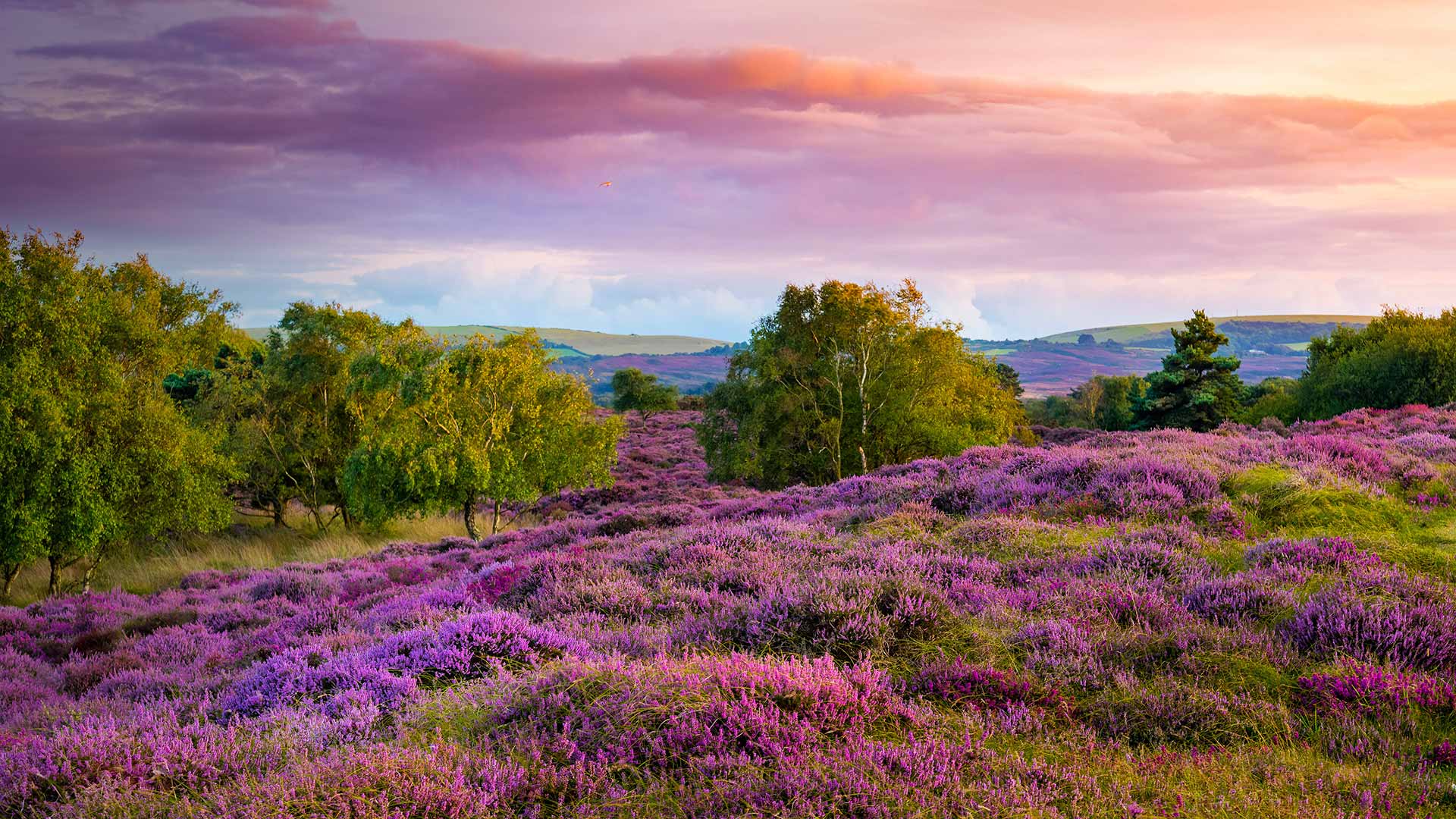斯塔德兰附近荒野上丛生的紫色和粉红色帚石楠,英国多塞特郡 (© allou/iStock/Getty Images Plus)
瓦尔内明德的帆船,德国 Sailboats in Warnemünde, Germany (© Rico Ködder/Getty Images)
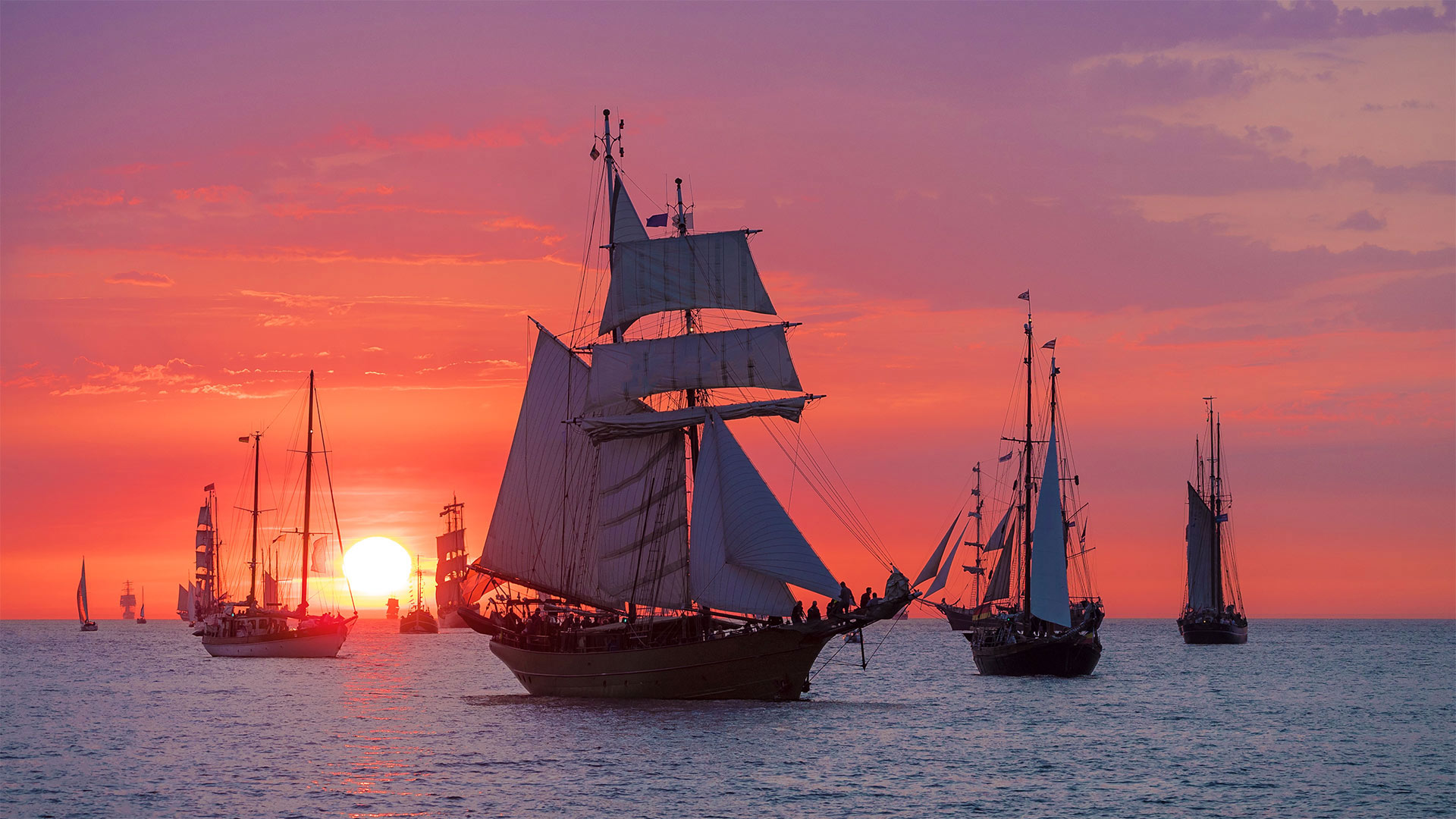
瓦尔内明德的帆船,德国 Sailboats in Warnemünde, Germany (© Rico Ködder/Getty Images)
Arrr, it be Talk Like a Pirate Day
These sailboats in Warnemünde, Germany, set the scene perfectly for International Talk Like a Pirate Day. The holiday (yeah, we're calling it a holiday) was first imagined in 1995 by two Oregon residents. September 19 was chosen for the annual observance since one of them had an ex-wife whose birthday fell on that day and they figured they could remember it. A few years later, seeking widespread adoption, they pitched the idea to humor columnist Dave Barry, who wrote, 'Every now and then, some visionary individuals come along with a concept that is so original and so revolutionary that your immediate reaction is: "Those individuals should be on medication."' From there, it went viral, and these days, September 19 is celebrated internationally, with major brands and media personalities joining in the silliness. We're fans, too. Just picture us typin' this here with an eye patch, peg leg, an' pocket full o' swag doubloons. Arrr!
波尔多葡萄园,法国 Sunset landscape and smog in Bordeaux wineyard France (© agefotostock/Alamy)
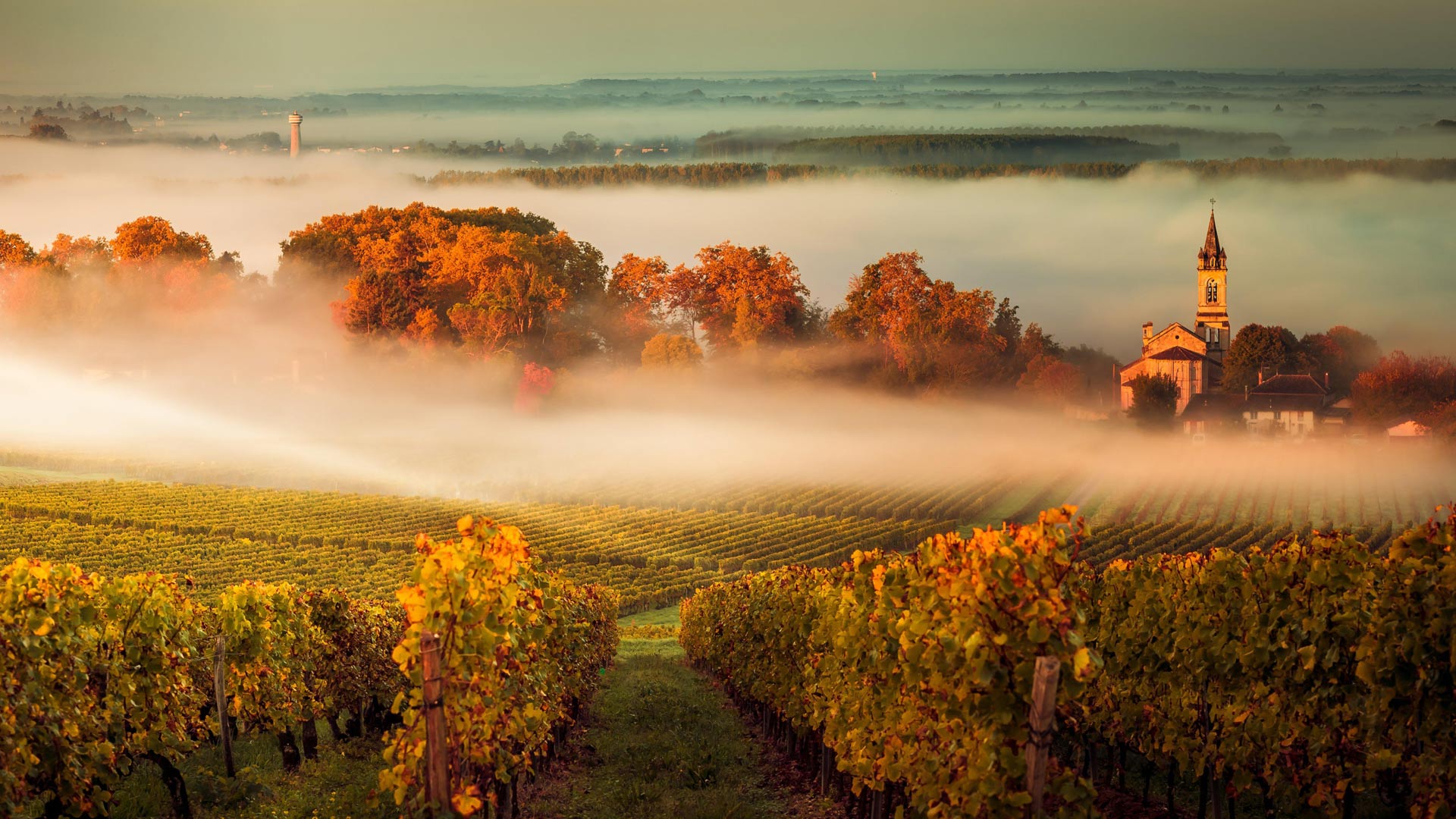
波尔多葡萄园,法国 Sunset landscape and smog in Bordeaux wineyard France (© agefotostock/Alamy)
A hedonist’s paradise
It's harvest season! For this occasion, we are taking you today to the Bordeaux vineyard, which many consider to be the oldest and most prestigious in the world. The influence of French wine culture in general and of the Bordeaux wine culture in particular, are largely due to the expertise of the wine-growers but also, to the rich history of the French territory, to which Bordeaux is no exception.
In Gironde, the department of Bordeaux, there are six large wine regions whose names may remind you of a few properly catered “aperitifs” or dinners. First of all, there are the Bordeaux Métropole wines, for instance those produced in the vineyards of Château Les Carmes Haut-Brion, the only vineyard with an address within the city limits. There are also the estates of Saint-Émilion, Pomerol, Fronsac, Médoc and Graves et Sauternes, then those of the Entre-Deux-Mers and Blayes and Bourg. So many names, so many flavors…
瓜纳华托,墨西哥 Guanajuato, Mexico (© AI NISHINO/Alamy)
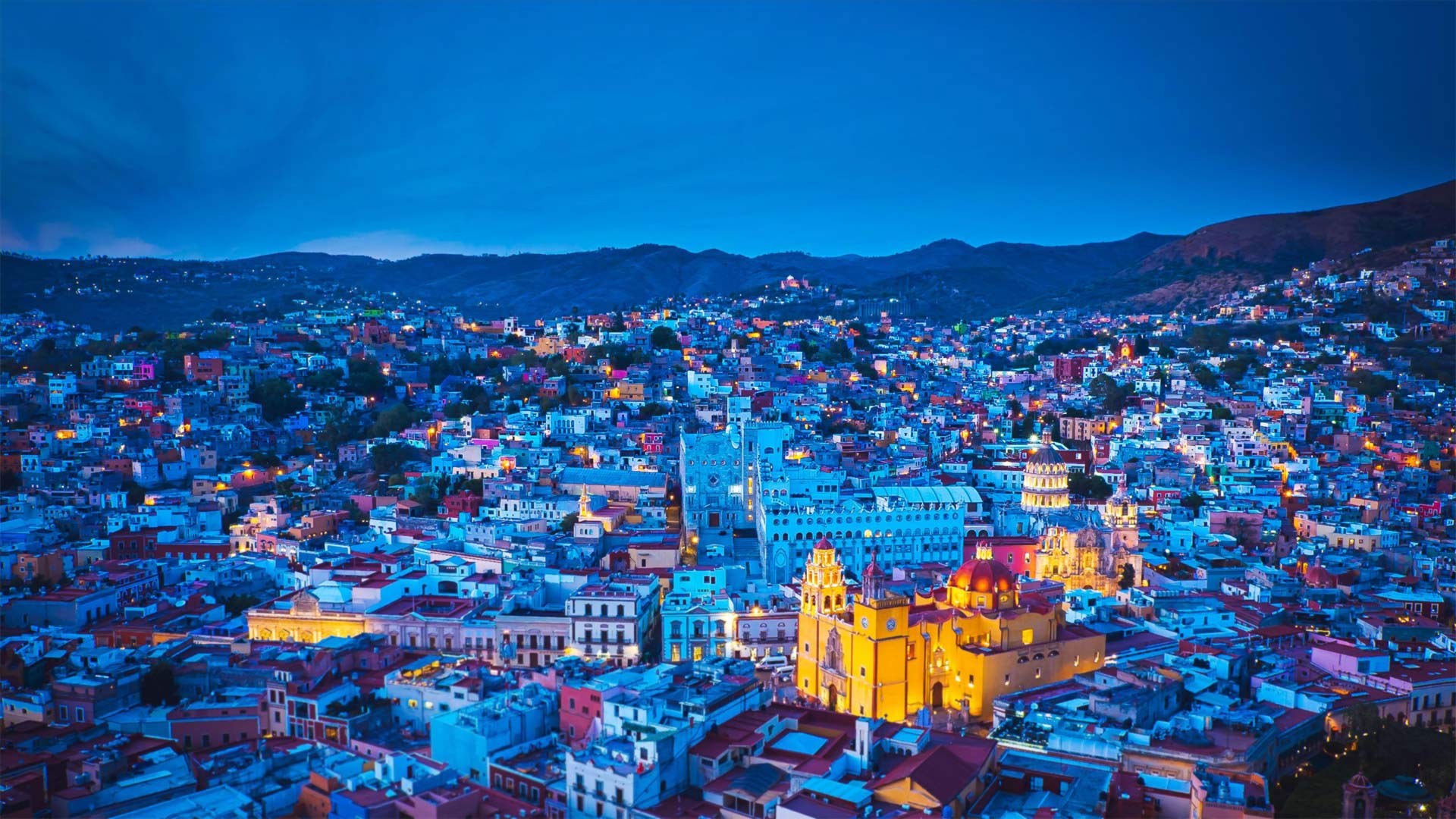
瓜纳华托,墨西哥 Guanajuato, Mexico (© AI NISHINO/Alamy)
It's Independence Day in Mexico
In honor of today's Independence Day holiday in Mexico, our homepage comes from the state of Guanajuato—where the country's battle for independence first began. The conflict started with the 'Cry of Delores,' an event on September 16, 1810, when priest Miguel Hidalgo y Costilla rang the church bell in the nearby town of Delores and called for a revolt to free Mexico from Spanish control. His call to arms triggered the formation of an insurgency that marched onward to San Miguel and then to the city of Guanajuato (featured on our homepage). The ensuing conflict spanned more than a decade, culminating with Mexico finally breaking free from Spanish rule in 1821.
Since then, the 'Cry of Delores' has come to symbolize the very idea of Mexican independence. Each year on the eve of Independence Day, the president of Mexico re-enacts the call to arms from the balcony of the National Palace in Mexico City, while ringing the same bell that Hidalgo used that day on September 16, 1810.
日落时分中央海岸入口海滩上的救生员小屋,澳大利亚新南威尔士州 Lifeguard shack at sunset on The Entrance beach, Central Coast, NSW, Australia (© Yury Prokopenko/Getty Images)
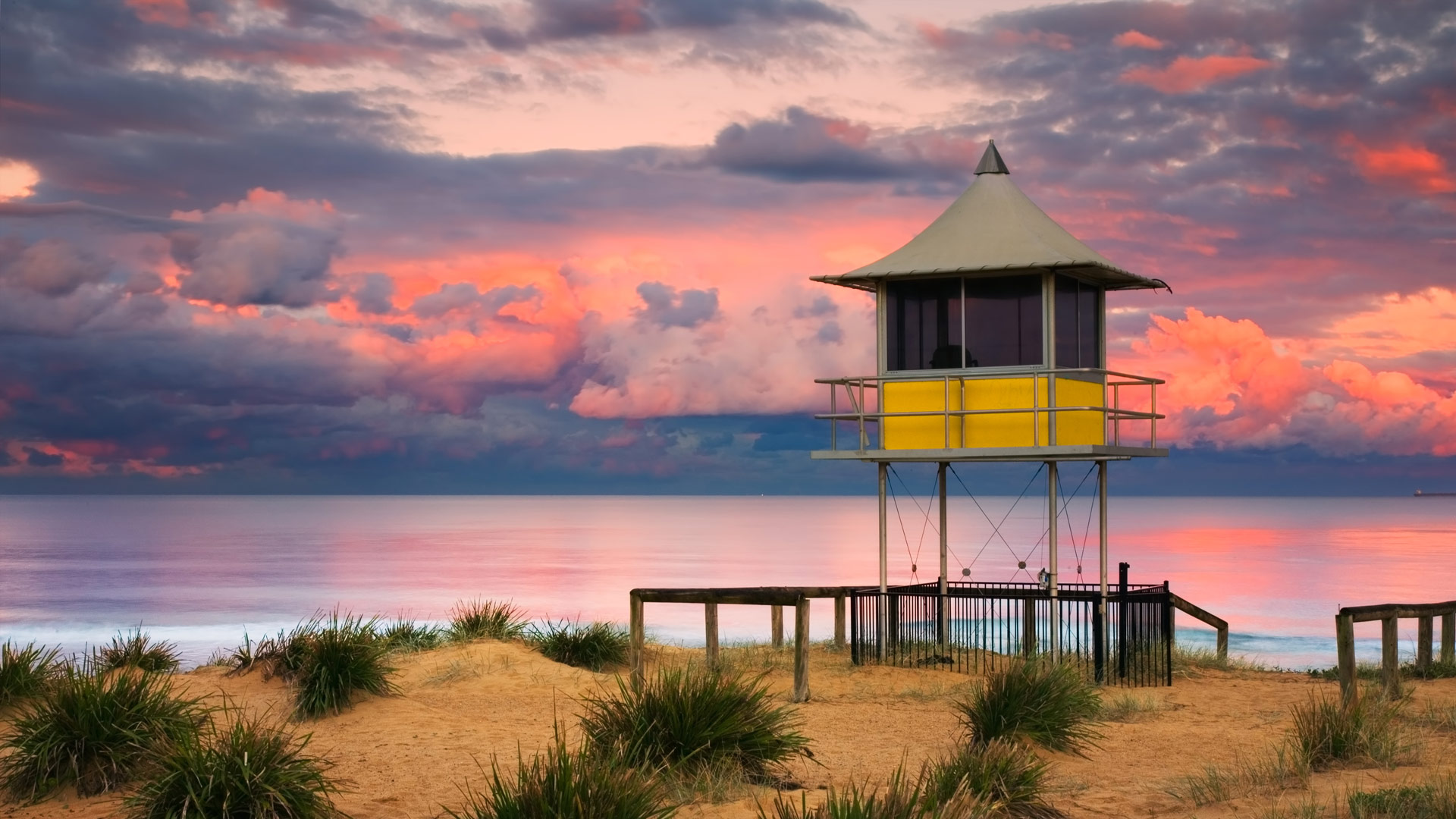
日落时分中央海岸入口海滩上的救生员小屋,澳大利亚新南威尔士州 Lifeguard shack at sunset on The Entrance beach, Central Coast, NSW, Australia (© Yury Prokopenko/Getty Images)
Sand, surf, and sun
Serenity is the name of the game here at the Entrance beach in New South Wales’ Central Coast region, and with sunsets like these its easy to see why. A beloved destination for family holidays and weekend getaways alike, the beach and backing town gains its name by being the entrance to Tuggerah Lake off to the north – acting as a narrow channel between it and the Pacific Ocean on the opposite side.
Just over an hour’s drive from Sydney, the small town packs plenty of history, and is the home to both Norah Head Lighthouse - an operating beacon for shipping that was built in 1903 - as well as a classic carousel built in Germany during the late 1800s, which continues to delight children to this day.
But because the Entrance area has six different beaches to enjoy, most still visit for the perfect combination of sand and surf. As the weather continues to warm on our shores, it’s making us want to start packing our bags as well!
以桑格雷-德克里斯托山为背景的沙丘,科罗拉多州大沙丘国家公园 Sand dunes with Sangre de Cristo Mountains in the background, Great Sand Dunes National Park and Preserve, Colorado (© Tim Fitzharris/Minden Pictures)
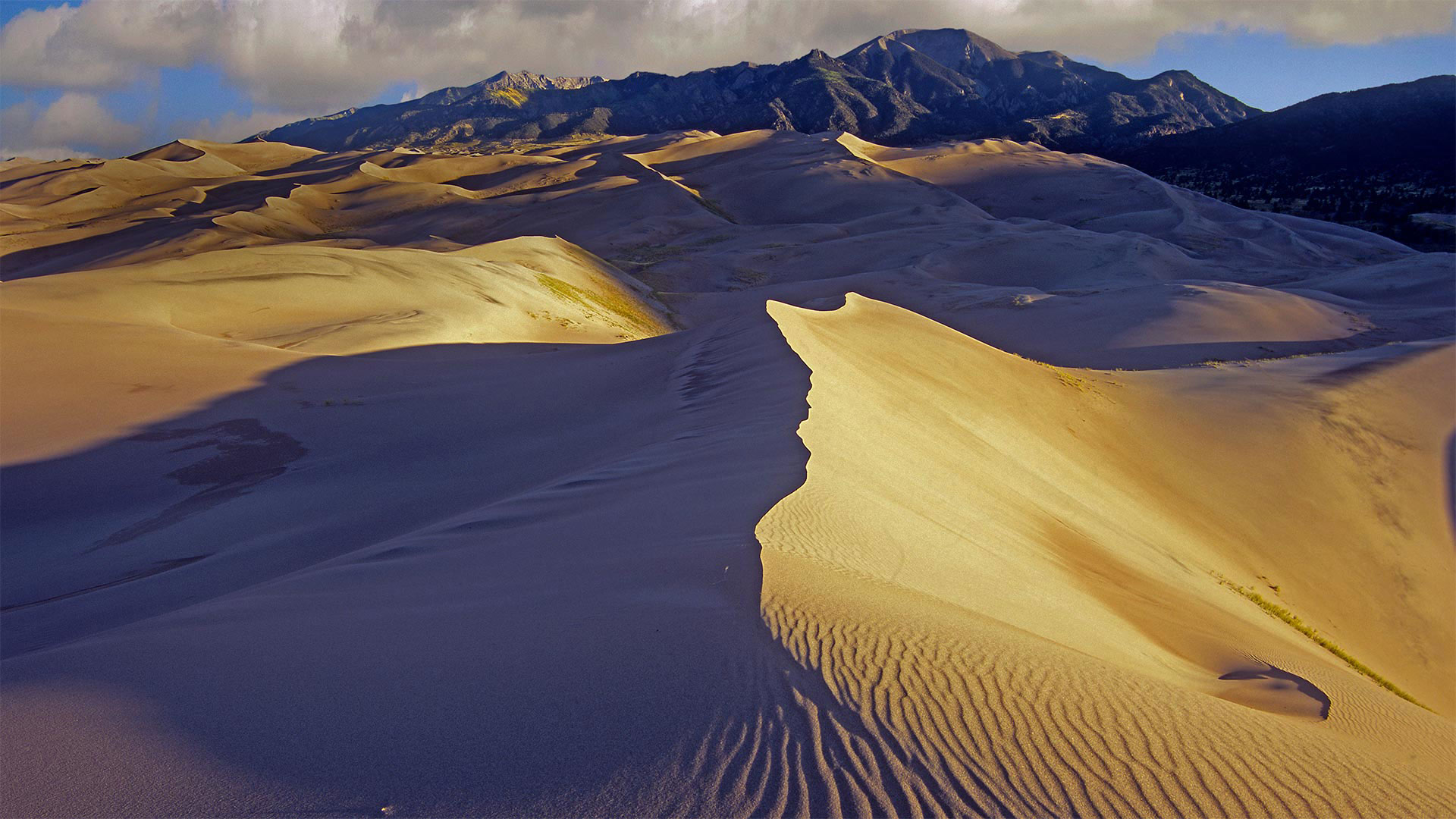
以桑格雷-德克里斯托山为背景的沙丘,科罗拉多州大沙丘国家公园 Sand dunes with Sangre de Cristo Mountains in the background, Great Sand Dunes National Park and Preserve, Colorado (© Tim Fitzharris/Minden Pictures)
Super Sandy Sweet 16
We're in the Rockies of southern Colorado to celebrate Great Sand Dunes National Park and Preserve's 16th year as a full-fledged national park—though it was a national monument from 1932, and both the dunes themselves and the surrounding valley's history are far more ancient.
The dunes lie at the edge of the fertile, expansive San Luis Valley just east of the Rio Grande's headwaters and west of the Sangre de Cristo range shown here behind the dunes. Humans have lived around here for at least 11,000 years. But that's just a few grains in the hourglass for this sand field that formed when huge glacial lakes dried up, leaving sediments that were blown by wind against the mountains to slowly form the tallest sand dunes in North America.
罗卡马杜尔,法国 Rocamadour, France (© Rrrainbow/Getty Images)
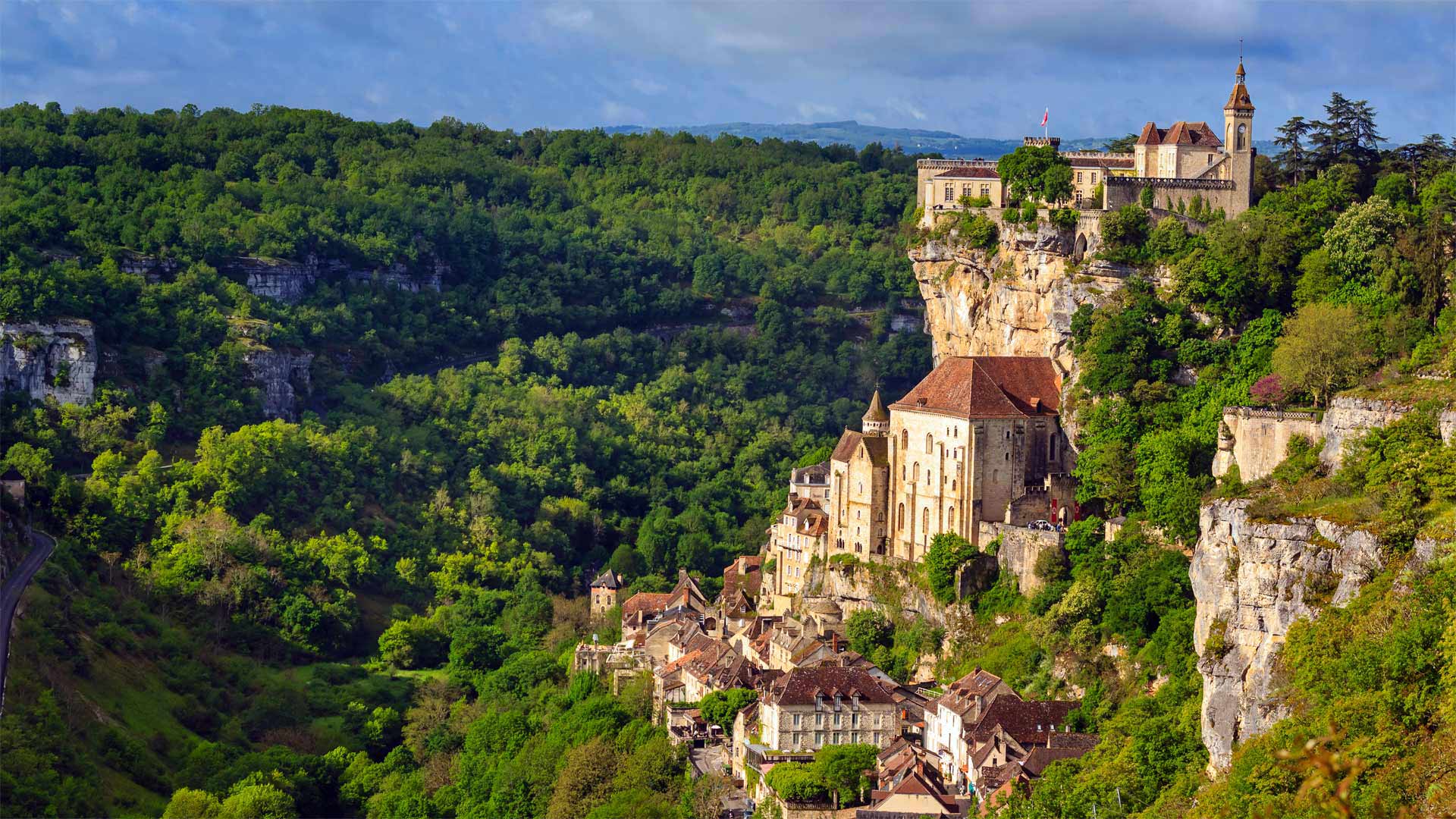
罗卡马杜尔,法国 Rocamadour, France (© Rrrainbow/Getty Images)
A city, a cliff, a canyon…and cheese
Gazing down the lush Alzou river valley at the vertically-oriented village of Rocamadour, you won't be surprised some regard the medieval French town as a holy site: Its beauty alone is mystical. The gorges of southwestern France are home to numerous striking historic hamlets built along and atop their steep edges. But Rocamadour is special as a stop for thousands of pilgrims on the Way of Saint James, a UNESCO-recognized traditional route through France and Spain that still draws journeyers both pious and secular. The town's cliff-top sanctuary and the black-painted Madonna statue within have been purported to have healing powers. If you're drawn to more earthly sources of good health, though, Rocamadour also lends its name to a delicious, locally crafted goat cheese.
As we end on that cheesy note, why not test your dairy IQ with today's quiz?
日落时的多伦多天际线 Toronto skyline at sunset (© diegograndi/Getty Images)
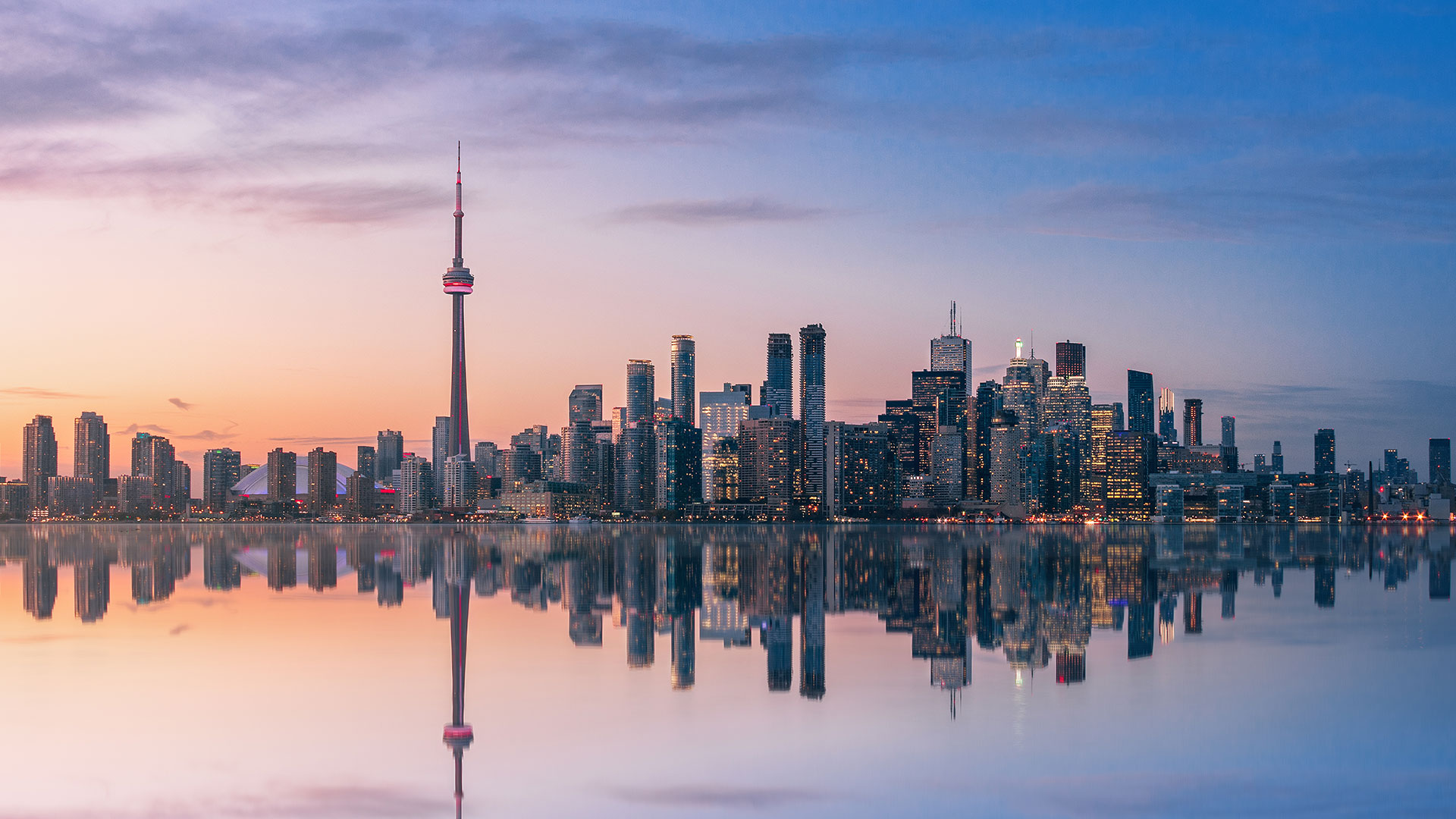
日落时的多伦多天际线 Toronto skyline at sunset (© diegograndi/Getty Images)
A celebration of films in the city
Lights, camera, action! Today, we’re in Canada’s largest city getting ready for celebrity-spotting as the iconic Toronto International Film Festival (TIFF) is officially underway. As a prestigious gathering of independent artists, emerging talents and award-winning filmmakers from around the world, TIFF easily draws in more than 400,000 festival-goers each year. This year, given the coronavirus pandemic, the 45th edition of the festival will include a mix of virtual screenings, drive-ins, digital red carpet events, and in-person screenings with social distancing in place. Be sure to keep your popcorn ready!
Khuean Srinagarindra国家公园的Huay Mae Khamin瀑布,泰国 Huay Mae Khamin waterfall in Khuean Srinagarindra National Park, Thailand (© ImpaKPro/Getty Images)
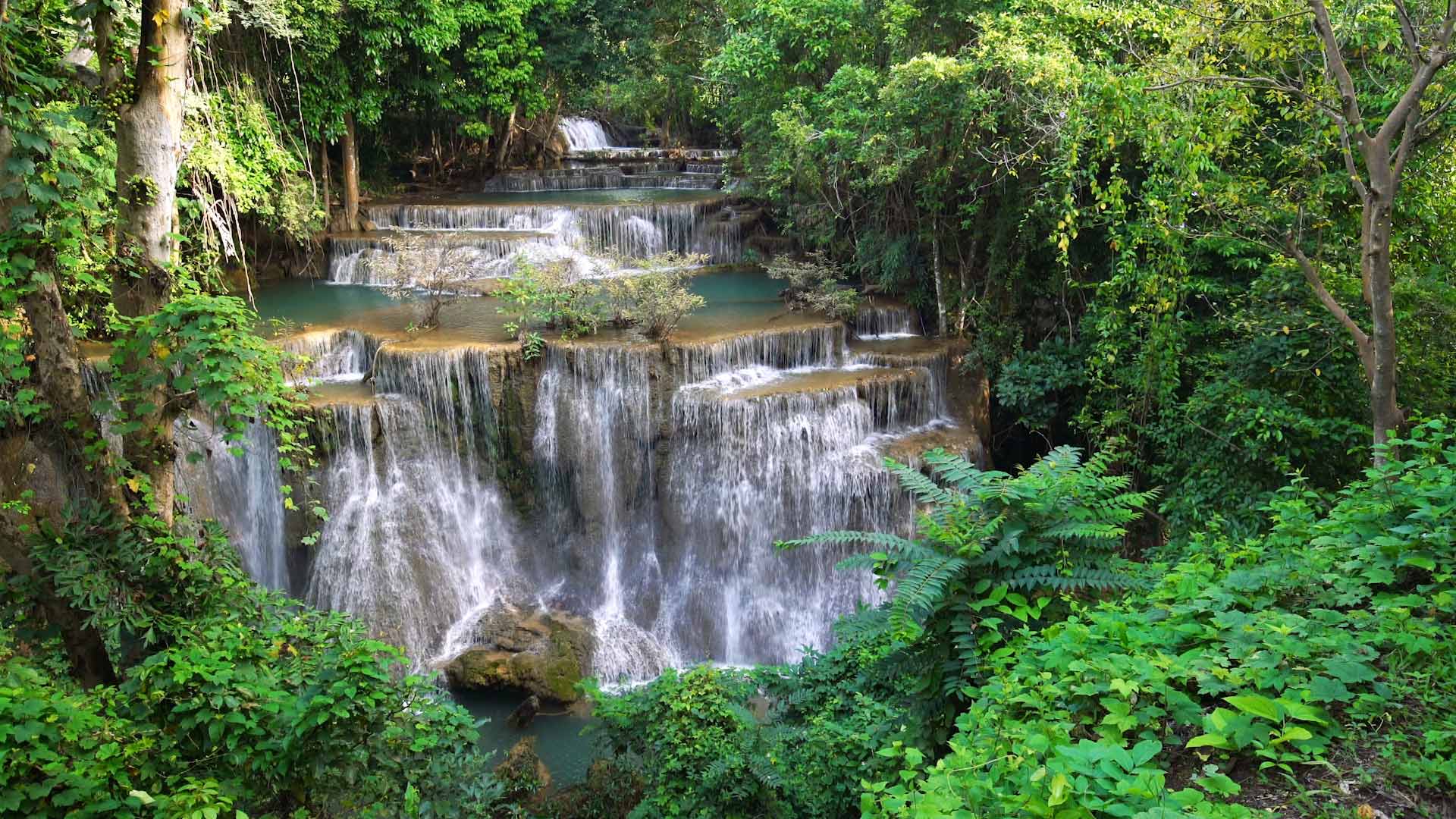
Khuean Srinagarindra国家公园的Huay Mae Khamin瀑布,泰国 Huay Mae Khamin waterfall in Khuean Srinagarindra National Park, Thailand (© ImpaKPro/Getty Images)
Hidden beauty in Thailand
One of Thailand's best-kept secrets, Huay Mae Khamin waterfall can be found in the forests of Khuean Srinagarindra National Park. One of the country's lesser-known waterfalls, it's especially picturesque this time of year when the changing leaves provide a backdrop for the bright green water. Getting its water from the mountains to the east of the national park, the waterfall stretches just over a mile long, the water travels over seven different levels before joining the Khwae Yai River below. The falls generally have water all year round, but in 2017, during the dry season, the river feeding the falls dried out completely for the first time, and the park was closed to visitors until the rainy season. Though the journey to this peaceful retreat might be long, it's found a place on our ever-growing list of future travel destinations.
瓦莱塔,马耳他 Valletta, Malta (© Deejpilot/GettyImages)
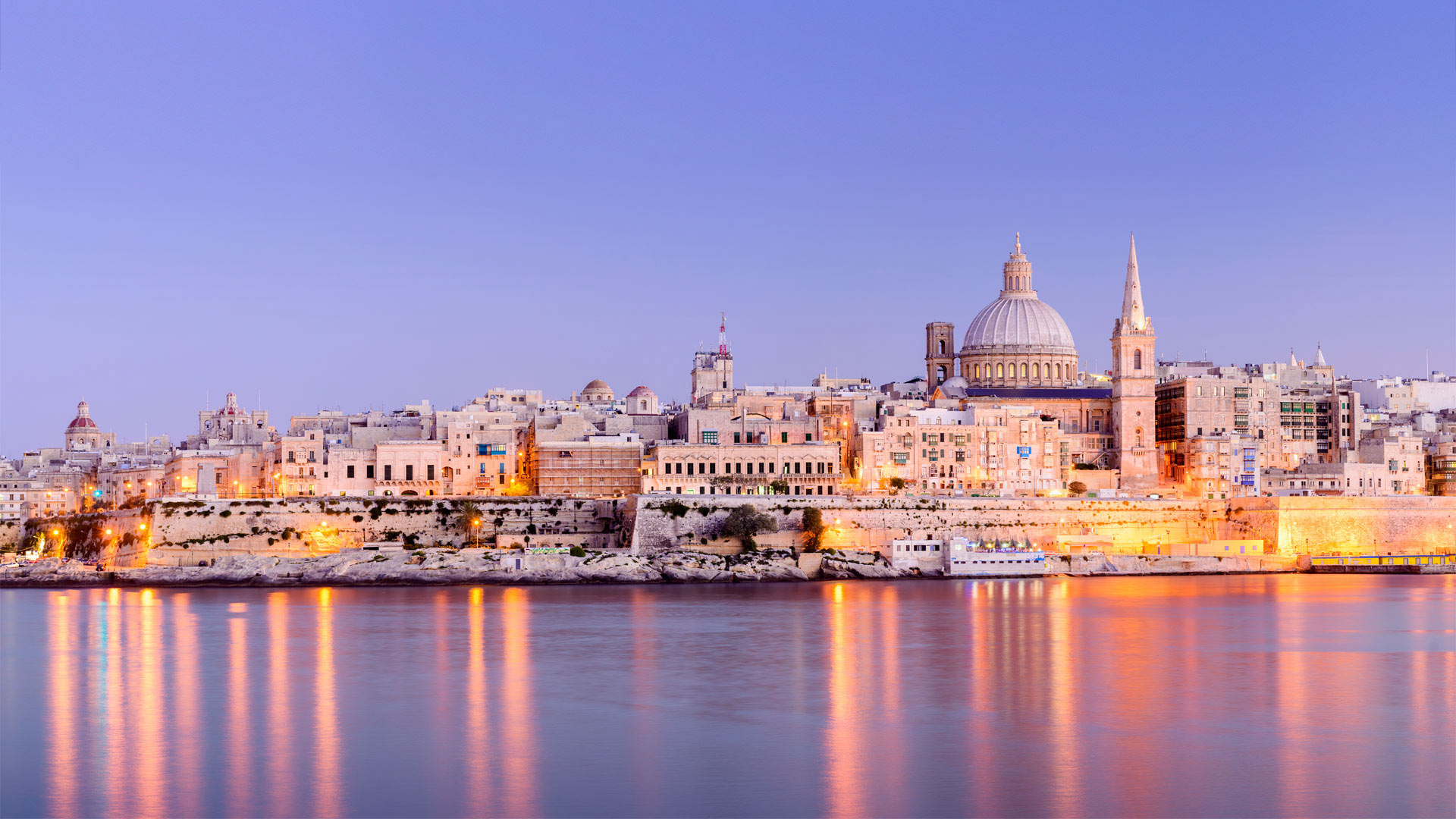
瓦莱塔,马耳他 Valletta, Malta (© Deejpilot/GettyImages)
Victory Day in Valletta
Today we're visiting Valletta, the capital of Malta, where the Maltese people are celebrating Victory Day. The national holiday commemorates the end of three historical sieges made on the Maltese archipelago—the Great Siege of Malta, which took place in 1565; the Siege of Valletta by the French Blockade, which ended in 1800; and the Siege of Malta during the Second World War by Italian and German forces. After nearly two and a half years of devastating air attacks, the WWII Siege of Malta finally ended in 1942. King George VI of the United Kingdom, which then ruled the island, awarded Malta the George Cross 'for the heroism and devotion of its people' during the great siege. The George Cross was incorporated into the flag of Malta in 1943 and remains there today.
The Maltese people typically celebrate Victory Day with cultural activities like literary readings, music, theatrical performances, and a regatta in the Grand Harbour, seen here. The armed forces parade on Republic Street in Valletta, ending at St. John's Co-Cathedral, where they salute the prime minister and the Maltese anthem is performed. The cathedral holds a mass for the highest-ranking officers and the president places a symbolic garland at the foot of the monument of the Siege of Malta to commemorate the victims of World War II.
